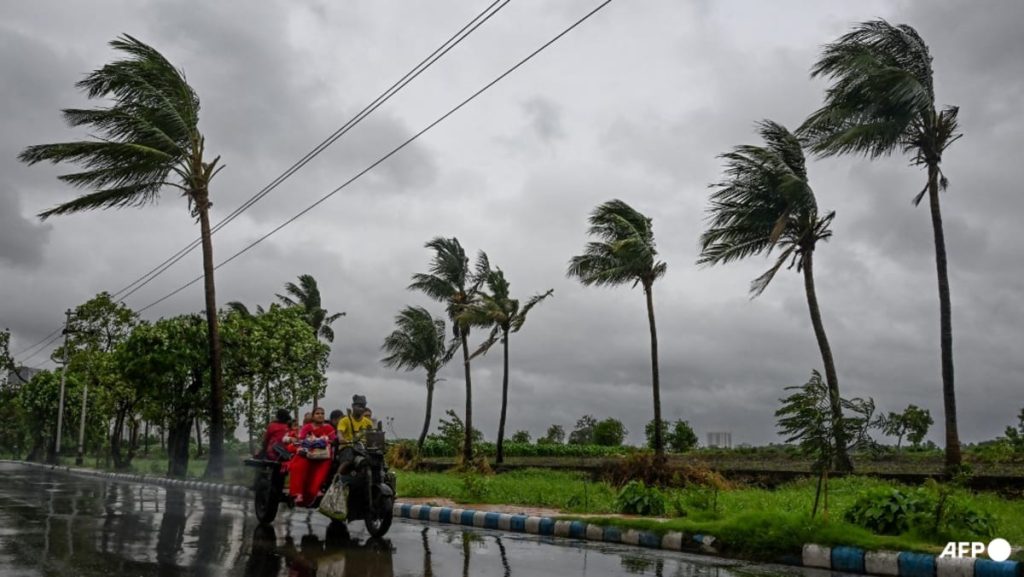Authorities have raised the danger signal to its highest level as cyclone Amphan hit land, causing widespread flooding in coastal villages in Bangladesh and India. Hasan from the disaster management ministry reported that embankments in several areas had been breached or submerged, leading to inundation in some coastal regions. India’s West Bengal was particularly hard hit, with hundreds of houses losing their roofs and thousands of mangrove trees and electricity poles uprooted. As a result, electricity was disrupted in large parts of the affected areas, and storm surges, as well as rising sea levels, contributed to the flooding of several island villages.
In response to the cyclone, more than 800,000 Bangladeshis evacuated their coastal villages, while over 150,000 individuals in India moved inland from the Sundarbans mangrove forest. This area is the meeting point of the Ganges, Brahmaputra, and Meghna rivers with the sea. Government ministers and disaster officials highlighted the importance of early evacuation as a key factor in minimizing casualties. The Sundarbans, a vast mangrove forest, played a crucial role in protecting coastal areas by acting as a natural shield against the storm, according to Bangladeshi weather expert Mallik.
Despite the impact of cyclone Amphan, experts acknowledge that improvements in forecasting and evacuation strategies have significantly reduced the death toll associated with such natural disasters. Climate change is considered a contributing factor in the increasing frequency and intensity of storms, making it essential for communities to invest in disaster preparedness and resilience measures. As more people are affected by extreme weather events, there is a growing recognition of the need for international cooperation in addressing climate change and promoting sustainable development practices. The emphasis on early warnings and effective evacuation plans highlights the importance of proactive measures in mitigating the impact of natural disasters on vulnerable populations in coastal regions.
Authorities in both Bangladesh and India have taken swift action in response to the cyclone, mobilizing resources for rescue and relief efforts in the affected areas. The damage caused by Amphan serves as a stark reminder of the challenges faced by communities living in regions prone to cyclones and other extreme weather events. While the immediate focus is on providing assistance to those affected, there is also a need to consider long-term strategies for building resilience and adapting to changing climate conditions. By learning from past experiences and investing in sustainable development practices, governments can better protect their citizens and promote environmental sustainability in the face of increasing climate risks.
The impacts of cyclone Amphan on coastal villages in Bangladesh and India underscore the importance of effective disaster management strategies and climate change adaptation measures. As communities recover from the devastation caused by the storm, there is a growing recognition of the need for integrated approaches to address the challenges posed by natural disasters and climate change. By enhancing early warning systems, improving infrastructure, and promoting sustainable development practices, countries can reduce the vulnerability of coastal areas to the impacts of cyclones and other extreme weather events. The lessons learned from cyclone Amphan can inform future disaster preparedness efforts and contribute to building more resilient communities in the face of a changing climate.


